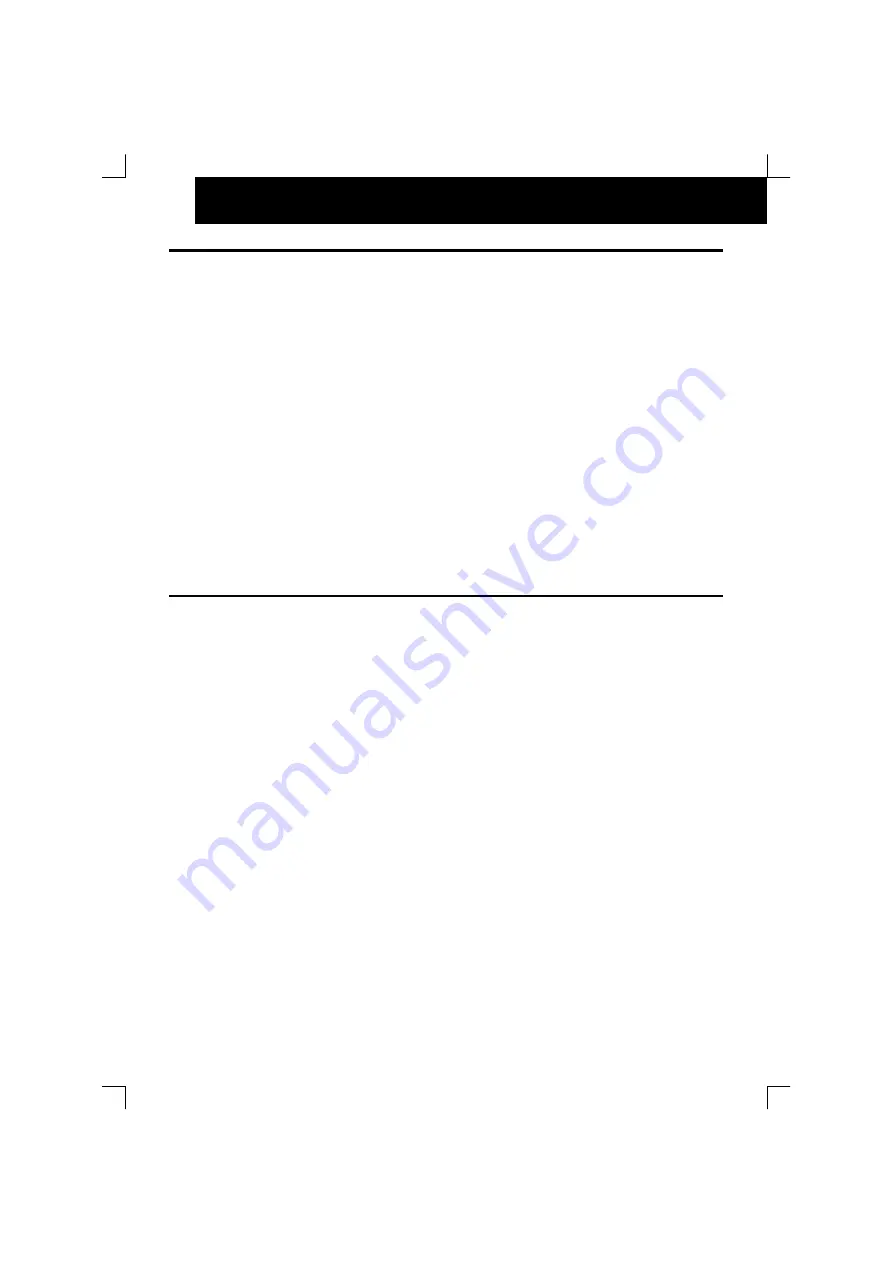
28
TEST RUN
17.
TEST RUN
When installation is completed, perform test run according
to the following procedure, and hand over the system to the
customer. Perform test run regarding indoor units one by
one in order, and confirm that the electrical wiring and the
refrigerant piping are correctly connected.
Start the indoor units one by one in order to confirm that
they are correctly numbered.
Ô
WARNING:
Do not operate the system until all the check points
have been cleared.
a.
Check to ensure that the electrical resistance is
more than 1 M
:
, by measuring the resistance
between ground and the terminal of the
electrical parts. If not, do not operate the
system until the electrical leakage is found and
repaired. Do not impress the voltage on the
terminals for transmission 1 and 2.
b.
Check to ensure that the stop valves of the
outdoor unit are fully opened, and then start the
system.
c.
Check to ensure that the switch on the main
power source has been ON for more than 12
hours, to warm the compressor oil by the oil
heater
Pay attention to the following items while the system
is running.
a.
Do not touch any of the parts by hand at the
discharge gas side, since the compressor
chamber and the pipes at the discharge side
are heated higher than 90°C.
b.
DO NOT PUSH THE BUTTON OF THE
MAGNETIC SWITCH(ES), it will cause a
serious accident.
Do not touch any electrical components for more than
three minutes after turning OFF the main switch.
NOTE:
FSN Series does not operate within 4 hours after
power supply (stopagge code dl-22)
In case of operating within 4 hours, release the
protection control as follows:
1. Supply power to the outdoor unit and indoor
units.
2. Wait for 30 seconds.
3. Push PSW1 on PCB more than 3 seconds.
When completed the test run, compressor may work
continously (max. 10 min.) This is a refrigerant
recovery function.
17.1.
CHECKING BEFORE TEST RUN
1. Confirm that the gas line stop valve and the liquid line
stop valve are fully open.
2. Confirm that the leakage of the refrigerant does not
exist. The flare nuts are sometimes loosened by
vibration during transportation.
3. Check that the refrigerant piping and the electrical wiring
conform to the same system, and check that the dip
switch (DSW1) setting of unit number for the indoor units
apply to the system.
4. Confirm that the dip switch setting on the printed circuit
board of the indoor units and the outdoor units are
correct. Especially, pay attention to setting of lift
between indoor units and outdoor unit. Refer to the
chapter “15. ELECTRICAL WIRING”.
5. Check to ensure that switch on the main power source
has been ON for more than 12 hours, to warm the
compressor oil by the oil heater.
5. Check whether or not the electrical wiring of the indoor
units and the outdoor units are connected as shown in
the chapter “15. ELECTRICAL WIRING”.
7. Check to ensure that each wire, L1, L2, L3 and N is
correctly connected at the power source.
NOTE:
1. Confirm that field-supplied electrical components
(main switch fuse, fuse-free breaker, earthleakage
breakers, wires, conduit connectors and wire
terminals) have been properly selected according
to the electrical data given in the Technical
Catalog of the unit and ensure that the
components comply with national and local codes.
2. Use shielded wires for field wiring to protect noise
obstacle. (Length of shielded wire shall be less
than 1000m, and size of shielded wire shall comply
with local codes.)
3. Check to ensure that the terminal for power source
wiring (terminals “L1” to “L1” and “N” to “N” of each
terminal board: AC380-415V terminals “R” to “R”
and “T” to “T” of each terminals board: AC220V)
and intermediate wiring (Operating Line : terminals
of each terminal board : DC12V) between the
indoor unit and the outdoor unit coincide correctly.
If not, some component will be damaged.















































